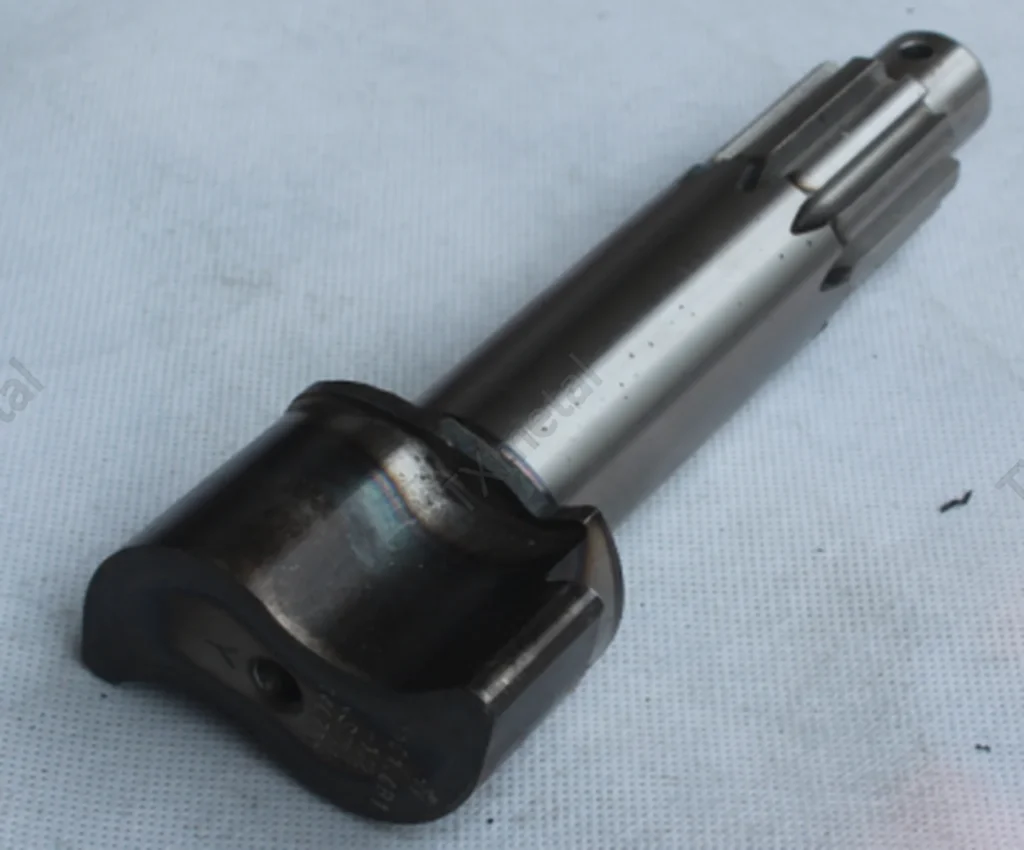How to Master Steel Casting Design: Proven Patterns & Solidification Tips
Steel Casting Design
A practical guide for engineers and buyers on optimizing steel casting design, focusing on patterns, allowances, and solidification control to reduce cost and defects.
Author: TXmetal
Table of contents
- Why Steel Casting Design Matters
- Key Principles of Steel Casting Design
- Pattern Design for Steel Castings
- Solidification Control in Steel Casting
- Industry Standards and Tolerances
- Case Example – TXmetal Steel Casting Project
- FAQs
Why Steel Casting Design Matters
Steel castings are used in critical industries such as energy, mining, transportation, and construction equipment. The design stage of a casting determines not only its mechanical performance but also its production cost, machining requirements, and rejection rate.
A well-optimized steel casting design can:
- Minimize internal defects such as shrinkage and porosity
- Reduce material waste and improve yield
- Lower machining allowance and cost
- Extend component service life
At TXmetal, we have seen projects where minor design improvements—such as adding fillets, adjusting wall thickness, or optimizing riser placement—reduced scrap rates by more than 20%.
Key Principles of Steel Casting Design
Wall Thickness and Uniformity
The wall thickness of a steel casting should be as uniform as possible to avoid differential solidification. Thin walls cool faster than thick sections, creating internal stresses and hot spots. For sand castings, the minimum wall thickness is typically 6–8 mm (0.24–0.31 in), while investment casting can achieve 3–4 mm (0.12–0.16 in).
Ribs, Fillets, and Draft Angles
- Ribs provide stiffness without unnecessary bulk.
- Fillets at sharp corners reduce stress concentration and improve metal flow.
- Draft angles (1–2° typical) ensure easy pattern withdrawal and avoid surface tearing.
Minimum Section Thickness
When designing heavy machinery parts, engineers should avoid sharp transitions from thick to thin walls. A gradual taper allows directional solidification and reduces shrinkage porosity.
Pattern Design for Steel Castings
Pattern design is the foundation of a successful steel casting.
Pattern Materials
Patterns can be made from wood (low volume), resin, or metal (high volume). For steel casting design, dimensional accuracy is critical because shrinkage and machining allowances must be built into the pattern.
Shrinkage Allowance
Steel shrinks approximately 2.0% during solidification. This means a 1,000 mm (39.4 in) casting will shrink about 20 mm (0.79 in). The pattern must be oversized to compensate for this predictable contraction.
Machining Allowance
Machining removes the surface layer of castings to achieve tight tolerances and surface finish. TXmetal typically applies 3–6 mm (0.12–0.25 in) machining allowance, depending on casting size and complexity.
Table 1: Typical Steel Casting Allowances
| Parameter | Typical Value (mm / in) | Notes |
|---|---|---|
| Shrinkage | 2.0% (20 mm per 1 m) | Applied during pattern making |
| Machining | 3–6 mm (0.12–0.25 in) | Varies with casting size |
Solidification Control in Steel Casting
Even with perfect patterns, poor solidification control can lead to severe defects.
Feeding System Design
- Risers provide molten steel during solidification to compensate for shrinkage.
- Chills accelerate cooling in thick areas to encourage directional solidification.
- Gating systems must ensure smooth, turbulence-free flow to avoid inclusions.
Solidification Time and Directional Freezing
Directional solidification means the casting should freeze progressively from the farthest point toward the riser. This ensures that any shrinkage cavities form in the riser, not in the casting body.
Preventing Defects
Hot spots, shrinkage porosity, and gas holes can be avoided through:
- Proper riser sizing and placement
- Use of exothermic sleeves
- Simulation software (MAGMA, ProCAST) to verify design
Industry Standards and Tolerances
Steel castings must comply with international standards to ensure dimensional consistency and mechanical reliability.
Table 2: ISO 8062 CT Grades in Steel Casting
| Casting Method | Typical CT Grade | Application Example |
|---|---|---|
| Sand Casting | CT10–CT13 | Heavy machinery housings |
| Investment | CT5–CT7 | Pump and valve components |
| Die Casting | CT4–CT6 | Precision housings |
For example, ASTM A27 covers carbon steel castings for general use, while ASTM A216 specifies steel castings for high-temperature service.
Reference standards:
Case Example – TXmetal Steel Casting Project
A European mining equipment manufacturer approached TXmetal with a recurring issue: shrinkage porosity in the hub of a heavy-duty gear housing.

Problem: The original design had thick hubs connected to thin walls, creating hot spots. Scrap rates exceeded 12%.
TXmetal Solution:
- Added fillets to reduce sharp transitions
- Introduced a larger riser with exothermic sleeve
- Adjusted gating to improve directional solidification
- Reduced machining allowance from 6 mm to 4 mm
Result:
- Scrap rate dropped below 3%
- Yield improved by 8%
- Machining time reduced by 15%
This project highlights the importance of early collaboration between buyer and foundry during the steel casting design stage.
Best Practices for Buyers and Engineers
When sourcing steel castings, buyers should evaluate whether a supplier can:
- Provide 3D simulation reports for gating and riser design
- Recommend machining allowance values based on component size
- Meet ISO 8062 CT tolerance grades and ASTM mechanical property requirements
- Offer in-house quality testing (spectrometer analysis, tensile testing, CMM inspection)
Partnering with a supplier like TXmetal, who integrates design, pattern making, and process simulation, ensures lower risk and higher confidence in your project.
FAQs
CTA — specify with proof, not guesses
Steel casting design is more than a drawing exercise—it directly determines casting quality, cost, and service life. By optimizing wall thickness, pattern allowances, and solidification control, engineers and buyers can achieve stronger, more reliable castings with reduced waste.
